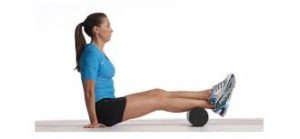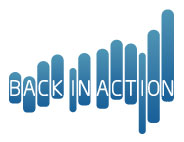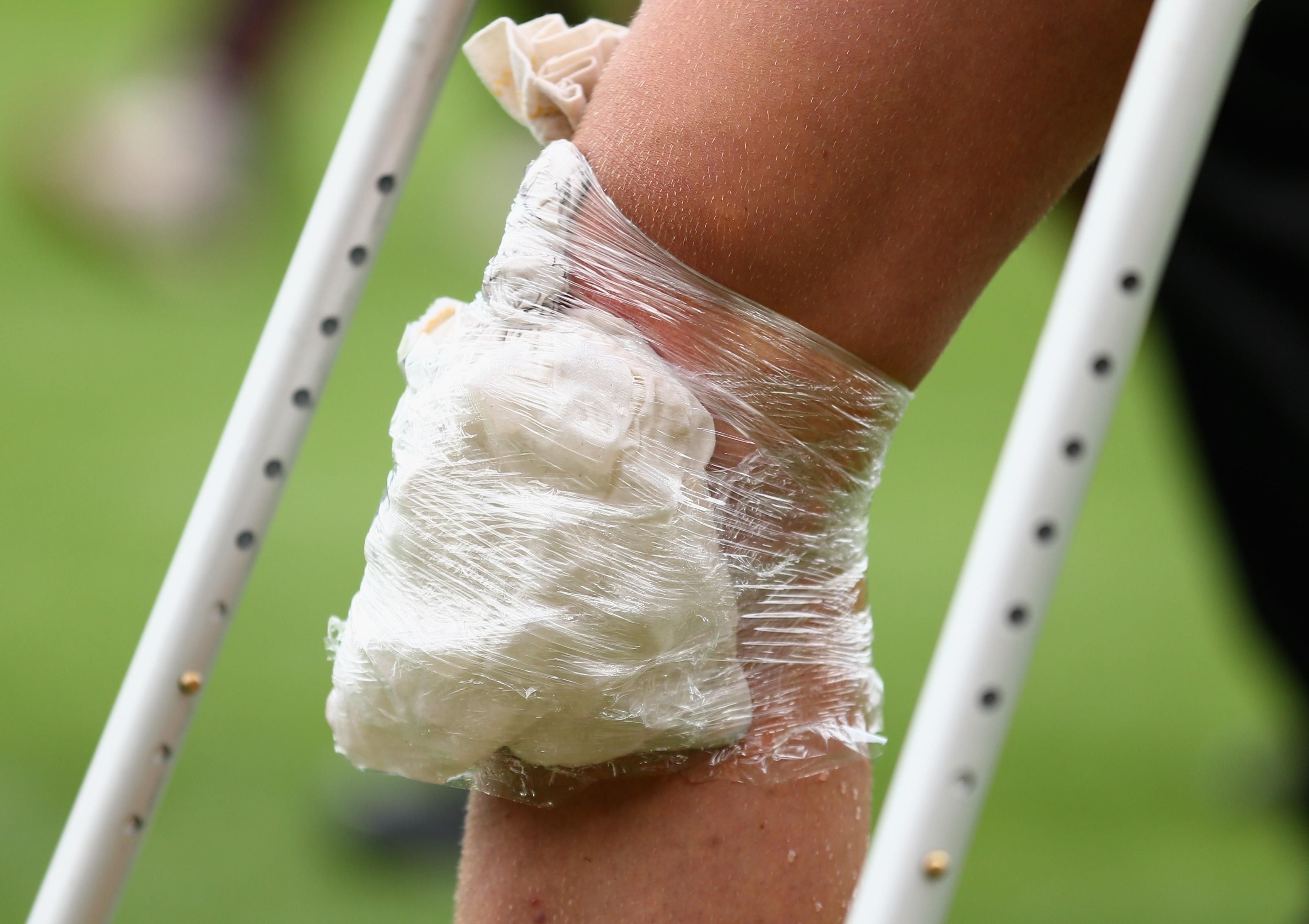Winter sport tips with Nick Hohepa
We are well into the middle of season for many of the winter sports around the Wairarapa, and for some, getting into the business end of the season. After getting through the initial pre-season and return to sports stage of the year which is often the cause of a few sprains and strains, all of you finely tuned athletes will be entering the second phase of season injuries, where weeks of playing and training week in week out, carrying a niggle here or there with you, and general fatigue may be starting to have an effect on your game. So at this time I thought it may be handy to go through a few tips for getting through the remainder of the season in good shape, so that come crunch time, you will be feeling ready to give it everything.
What I thought I may do over the next few weeks is write up a bit of info around a few different aspects of management in and around your sport or leisure activities. We will go through some basics on managing aches and strains, touch on nutrition, things to recognize regarding concussion, and some basics on return to sport.
Those Niggles and Strains
Whether you are playing soccer, hockey, rugby, netball, walking the dog, or jumping on the trampoline, we can all end up with bumps and bruises, niggles and strains. The two main area’s these will occur, are in muscles, and in connective tissues, ie, your ligaments and tendons. For both types of injuries they can occur to different degrees, from a contusion, partial, or a full tear. Many slight niggles can be taken care of with applying R.I.C.E (Rest, Ice, Compression, Elevation) management, which are aimed at reduction of inflammation. It is not uncommon to notice a few aches and pains the following day also. For those minor niggles, movement is your friend, go for a walk, get in the pool, maybe the spa if you can get to the pools, or are lucky enough to have one at home. Heat opens up the blood vessels, and cold closes them down, so it can be useful to use these back to back, so that you can flush the area, using the two modalities effectively like a pump.
 Foam rollers are a great way to get into those sore and tight muscles, and are great for the calves, hamstrings, quads, the side of the thigh, the lower and middle of your back, but you are probably best to seek some advice from a physio, may I recommend Back In Action!!! Conveniently located in both Carterton and Masterton.
Foam rollers are a great way to get into those sore and tight muscles, and are great for the calves, hamstrings, quads, the side of the thigh, the lower and middle of your back, but you are probably best to seek some advice from a physio, may I recommend Back In Action!!! Conveniently located in both Carterton and Masterton.
For the coaches out there, it’s important to be taking fatigue into account in this part of the season, where fitness should be coming along well but niggles may be starting to add up. Training management will be important to reduce the strain on some potentially tired bodies. The first training of the week, if 2 or more are involved could involve a good warm up, time to stretch, as well as allowing players time for their own stretches, and perhaps working more on skills, than full intensity training, and as bodies are warmed up, some more high intensity work towards the end of training for a short period.
For the injuries that force you from the field, affect your walking, movement of your arms, neck and back for the following day or two, are not improving, or getting worse, that’s when it is going to benefit you to seek treatment from health professionals. Severe pain or injury should be addressed immediately, whether it be an ambulance, a trip to ED, or if not as severe a visit to your doctor, who will often refer to a physio, or seek physio advice, who if on assessment see the need for medical input, will refer to your GP, or a specialist.
I hope some of that may help out, keep your eyes peeled for the next piece on the role of nutrition on game day.
Any questions or queries, fire away at nick@getbackinaction.co.nz
Your friendly neighbourhood physio
(For appointments with Nick Ph: 06 377-4422)

